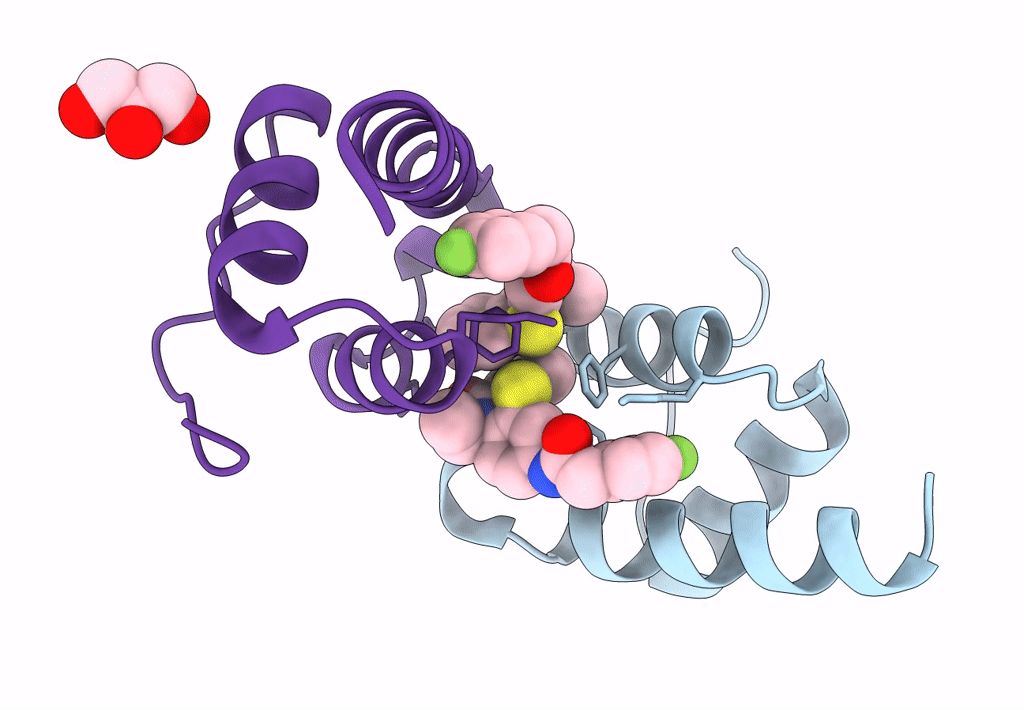
Deposition Date
2022-01-10
Release Date
2022-11-23
Last Version Date
2024-01-31
Entry Detail
PDB ID:
7QRC
Keywords:
Title:
X-ray structure of Trypanosoma cruzi PEX14 in complex with a PEX5-PEX14 PPI inhibitor
Biological Source:
Source Organism:
Trypanosoma cruzi (Taxon ID: 5693)
Host Organism:
Method Details:
Experimental Method:
Resolution:
2.18 Å
R-Value Free:
0.28
R-Value Work:
0.27
R-Value Observed:
0.27
Space Group:
P 1 21 1


